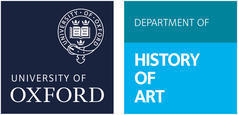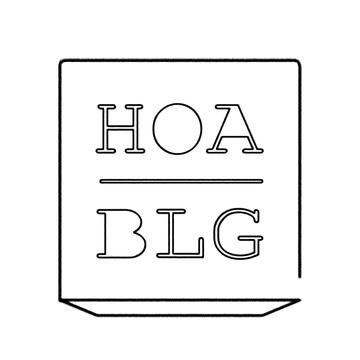Review: ‘A New Power, Photography in Britain, 1800-1850’
Review: ‘A New Power, Photography in Britain, 1800-1850’
By Arya Raval, Third Year BA History of Art, April 2023
Geoffrey Batchen’s exhibition at the Weston Library begins well before the announcement of photography’s invention in 1839. He locates the medium’s conception in a pre-photographic moment of Western society in which the newly industrialised British landscape facilitated the experimentations of science, technology and thought that would eventually birth photography in its earliest forms.
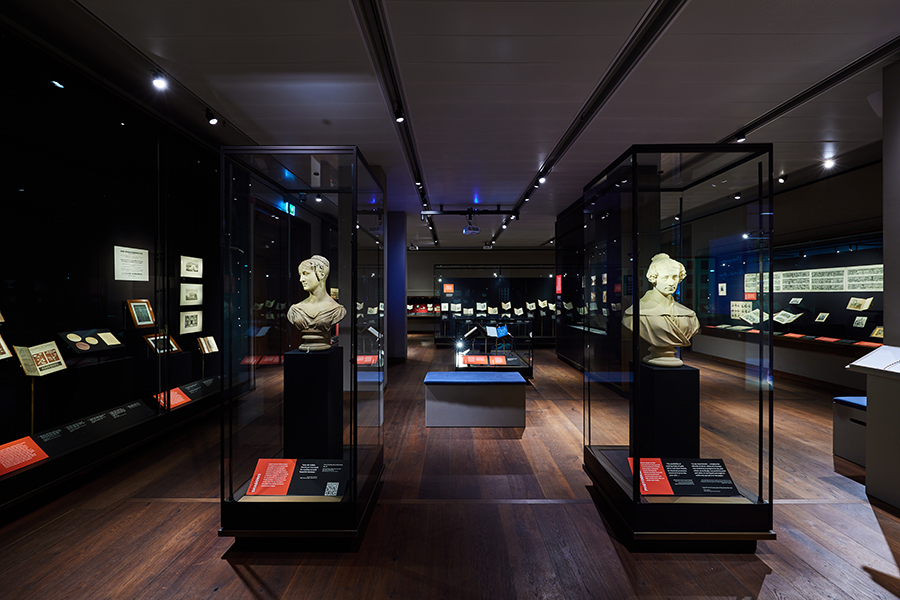
Photo credit: Ian Wallman
The exhibition, located in a library rather than a traditional museum space, boasts ten display cases of visual and literary media. The exhibition traces the thread of the core desire that led to photography’s invention: to capture space and time, accurately, instantaneously, and without the artistic intervention of the human hand. Yet, the exhibition details the intrinsic human processes of experimentation that allowed for said developments to occur, from Humphry Davy and Thomas Wedgwood’s 1802 experiments with silver nitrate to Elizabeth Fulhame and Mary Somerville’s experiments with light-sensitive silver salts. Batchen includes the women of photography’s history in the exhibition through the addition of a pair of plaster busts, spotlighting their often missed or minimised contributions. Another example of this is his dignified inclusion of Anna Atkins and her 1843 photographic albums that utilised the cyanotype process. Here, we not only see these albums, frequently regarded as the first photographic books in existence, in a central vitrine of the exhibition and open on a specific page, but there is also an eye-catching projection of the book on a central wall of the space. This projection flips through a multitude of pages, the bold blue form of each image stark against the dimly-lit and black wall behind it, emphasising what is truly so spectacular about the cyanotype process overall.
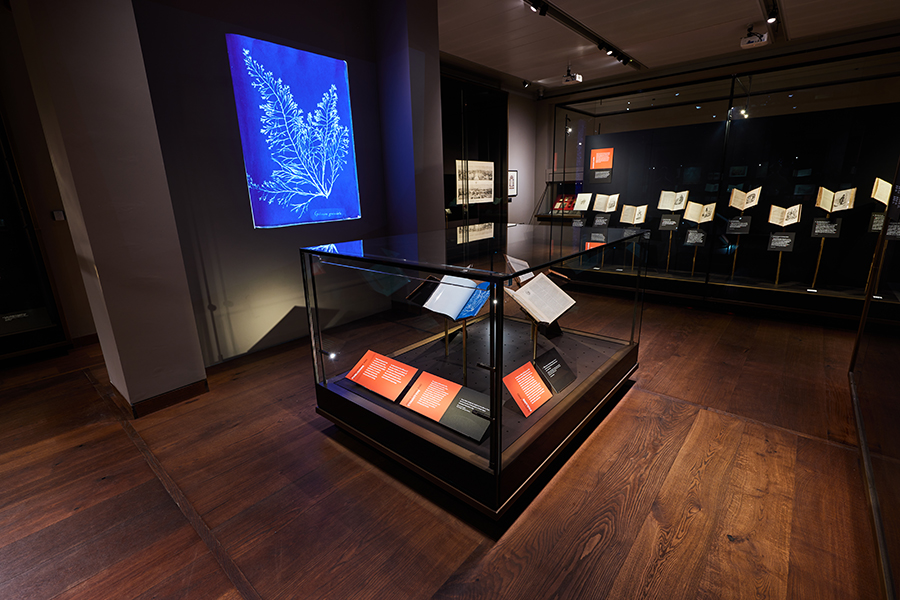
Photo credit: Ian Wallman
A New Power also explores the famous photographic and historical binary of William Henry Fox Talbot’s photogenic drawing invention and Louis Daguerre’s daguerreotype process, in its infamous Britain/France division. He traces the French lineage of the Diorama building, a thematic and sense-orientated experience akin to a four-dimensional cinema, through to the ‘daguerreotypomania’ that ensued post-1839, after the official announcement of the daguerreotype.
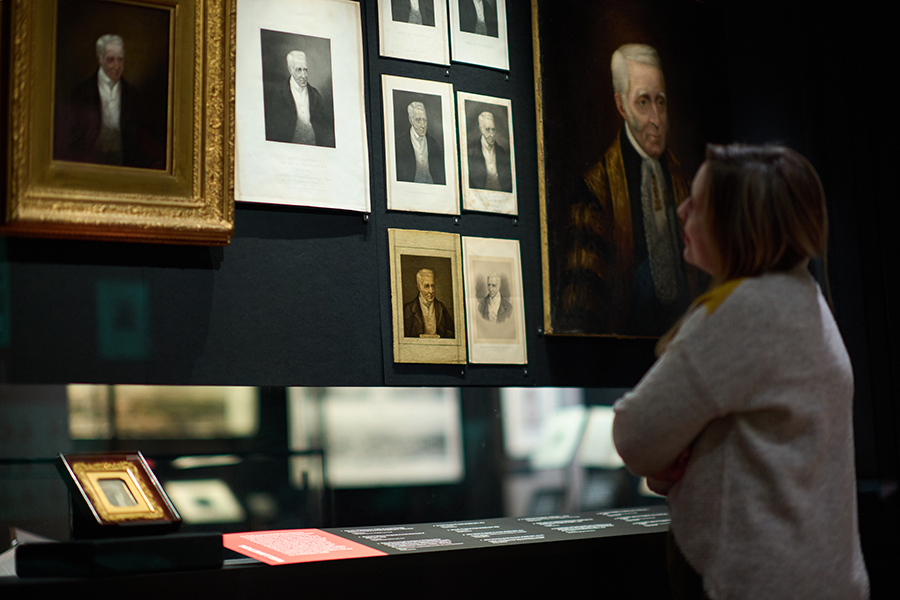
Photo credit: Ian Wallman
Each vitrine also, crucially, contains mixed media representations of this history, with the exhibition’s use of newspapers, articles, journals and audio suiting its library home. It offers visitors an experience that is both visual and sensory, not reducing photography’s history to a static account of inaccessible images and chemistry. It explains how these images were formed in their origins and how they would have interacted with by the public, demonstrated by the exhibition’s use of pages from The Art Union journal and the Illustrated London News. Batchen vitally includes a simultaneous history of patent holders and the commercial viability of the production, reproduction and dissemination of different types of photography. The exhibition highlights the names and studios of individuals such as Antoine Claudet and Richard Beard, illuminating a discussion on copyright that still occurs today regarding the ownership of materials and processes. The exhibition’s mass of portrait photography, all curated in their original, individual cases, not only celebrates the process of portrait photography from a chemical and technical aspect, but also from a human one. These images allow us to highlight individual figures and to explore both the celebrities and general public that made up British society. It offers an interesting discussion of class too, in its juxtaposition of gilded, portrait photography of celebrity figures against engraved depictions of people in poverty in Victorian England, both placed on opposite sides of the same display case. Whilst the exhibition begins by highlighting the British, French and global landscapes that embraced photography, it ends with a focus on the individuals that photography immortalised, from both sides of the photographic apparatus.
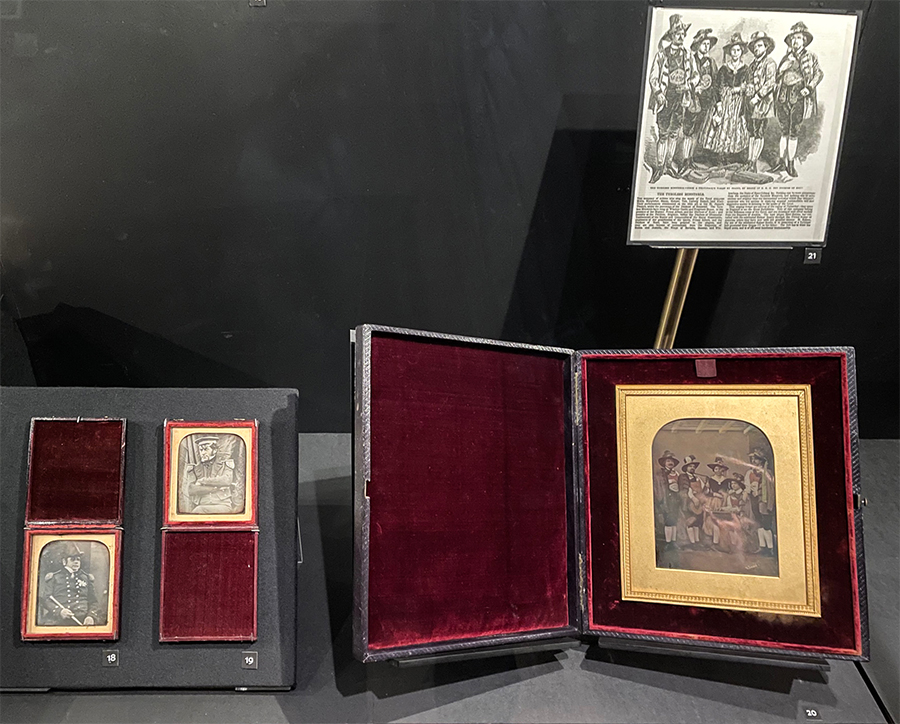
Photo credit: Geoffrey Batchen
Photography’s history is a rich one, comprised of a multitude of science, individuals and environments, and Batchen’s curatorial presentation of this multitude uses each corner of the space to illuminate something new. It brings the history of photography into the current moments of visual media consumption in a way that both celebrates its past legacies and offers insight into surrounding discussions of societies and their images in the present day.
A New Power’s sibling exhibition, Bright Sparks, Photography and the Talbot Archive, is also open at the Weston, until the 18th of June, delving further into Talbot himself and his photographic contributions, inspirations and legacies.

